Labrador retrievers are one of the most popular dogs in the United States and they’re often referred to as the Small Water Dog or the Lab. Known for their soft mouths, thick coats and zest for life, they love being around people, making them an excellent pet for families that enjoy being outdoors. The Labrador retriever also has a lot of energy, so they regular exercise to use up that energy. Whether you’re considering a lab as a pet or you want to raise one as a working dog, it’s important to know more about these dogs, their temperament, grooming needs, their health and more.
Origin
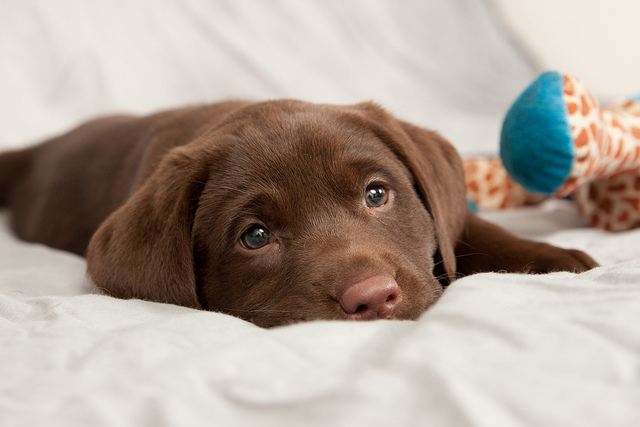
Chocolate Labrador Retriever Puppy by Jonathan Moreau at Flickr.com – (Creative Commons BY NC ND 2.0)
The Labrador retriever has a long, rich history, and its ancestors date all the way back to the 17th century. Their ancestors originated in Canada and it wasn’t until the 18th century that Canadian water dogs were put into different categories, becoming what we know today as the Chesapeake Bay Retriever, the Landseer, the Newfoundland, the Flat Coated Retriever and the popular Labrador Retriever.
Newfoundland fishermen were reported to use black water dogs, thought to be labs, during the early 1800s. In fact, Canadian fishermen began breeding and selling their water dogs, which were coveted by English gentry at the time. When the Labrador declined in popularity in Newfoundland, the 19th century saw a cross breeding of retrievers in England. The offspring generally displayed predominate Labrador characteristics and the offspring also showed new, desirable characteristics, including a better disposition and a keener nose. At this point, a standard was written for the Labrador retrievers and the English Kennel Club recognized these dogs as a unique breed in 1903. In 1917, the American Kennel Club first accepted a Labrador retriever for registration.
The 1920s and 1930s found many Labrador retrievers entering the United States, being imported from England. While the dogs were originally bred to be a shooting dog, other breeders started breeding labs for their temperament and conformation. The 20th and 21st century resulted in the Labrador’s surge in popularity and the dogs continue to be a favorite in the United States, and around the world, today.
Appearance
The Labrador retriever boasts friendly eyes, a broad head, medium-sized pendant ears and wide muzzles. The deep chest extends to their elbows and they have a strong back and level topline. One of the distinguishing characteristics of these dogs is the thick, rounded “Otter” tail. Labs also have webbed feet, making them excellent swimmers. They have a dense, short, double coat that comes in three different colors: yellow, chocolate and black. These medium-size dogs can vary a bit in size and weight. Male labs are expected to be about 22.5-24.5 inches tall and 65-80 pounds. Female labs are generally about 21.5-23.5 inches tall and 55-70 pounds.
The Labrador Retriever Temperament
Labs have a happy, loyal, friendly temperament, which is one of the reasons this breed is the dog most registered in the American Kennel Club. They are always full of energy and exuberantly greet their owners. The Labrador retriever is happiest when engaging in activities with people and they enjoy playing, swimming, running and hiking with their owners. They loveable, friendly nature makes these dogs perfect for families that have younger children. Since they have so much energy, they do require plenty of exercise and room to play and burn off energy. They require more than just a walk to get rid of that energy.
Since labs love to please, they are easy to train, but they are rambunctious, so it’s important to start training them while they are young. Focus on using fun, interesting training techniques to keep them interested in training.
Problematic behavioral traits include mouthing and chewing. Labs need plenty of bones and chew toys and proper exercise is necessary to keep labs from getting bored and chewing everything in sight. They are also a bit of the clumsy side, especially during the puppy and adolescent stage.
Grooming
Because of the thick, double coat that Labrador retrievers are so well-known for, they shed quite a bit. This means that labs require a bit of grooming. Their coat should be brushed regularly to prevent excessive shedding. It’s also important to check the ears of the Labrador retriever, looking for infection, irritation and wax buildup. Use a cleanser approved by vets and cotton balls to carefully clean the ears. To keep tartar buildup at bay, labs need to have their teeth brushed weekly, which will also help to prevent bad breath and gum problems. For dogs that don’t naturally wear down their toenails, monthly nail trimming may be required.
Since labs like to get dirty and often have a “dog smell,” they may need to be bathed more regularly than some other dogs. However, as that may be, you don’t want to bathe them too often. The Labrador have a protective oil in their coat that helps them repel water and keep them warm in cold weather. Constantly washing them with soap can remove this protective coating, causing dry skin and a dull and brittle outer coating.
It’s generally recommended to only bathe your Labrador once every 2-3 months, or as little as possible. And if you do need to bathe your lab more frequently, make sure that you use soap-free dog shampoo to prevent the skin from becoming dry. Keep in mind that sometimes you might not even need the shampoo to begin with.
Working Roles
Since the Labrador retriever has such a great temperament and above average intelligence, they are used as working dogs in multiple areas. Their sense of smell makes them excellent working dogs in hunting, detection and tracking fields. They are often used as therapy dogs and as disabled-assistance dogs. In fact, in Canada, between 60-70% of the country’s guide dogs are Labrador retrievers. Studies show that Labrador Retrievers, along with Golden Retrievers, are the dogs most likely to complete guide dog training successfully. Labs are also used in water lifesaving and rescue and are often used at the Canine Lifeguard School in Italy.
Health
The Labrador retriever generally lives between 10-14 years and they are relatively healthy dogs that have few major problems to worry about. Hip dysplasia and elbow dysplasia may occur in labs, particularly in larger labs. They also face the risk of certain knee problems, such as knee dislocation. Certain eye problems may occur in labs, such as corneal dystrophy, cataracts, retinal dysplasia and progressive retinal atrophy. Exercise induced collapse often occurs in labs, which often causes collapse, hyperthermia, disorientation and weakness after short periods of exercise. Obesity is another common problem that occurs in labs, since they love to eat. Proper exercise and eating habits will help avoid this problem.

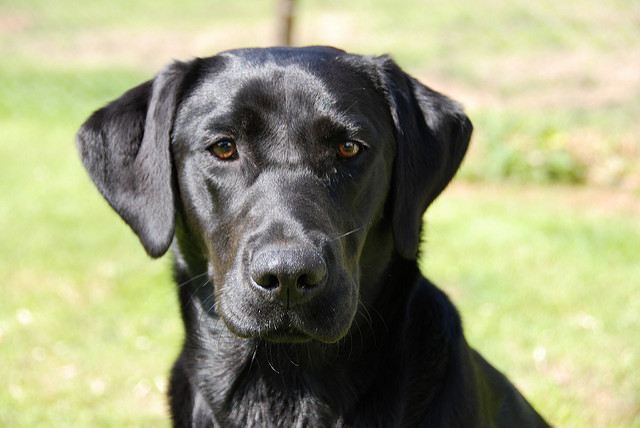
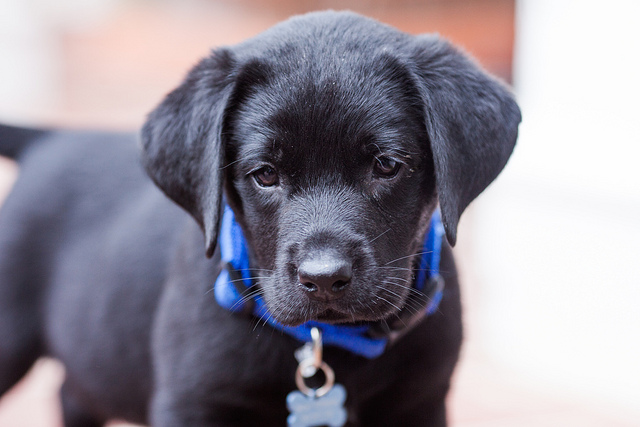
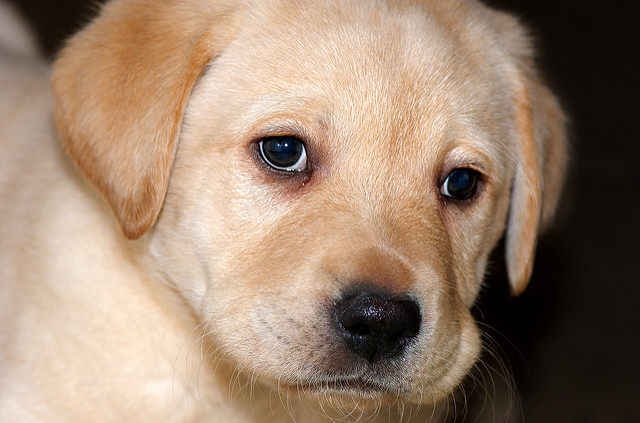
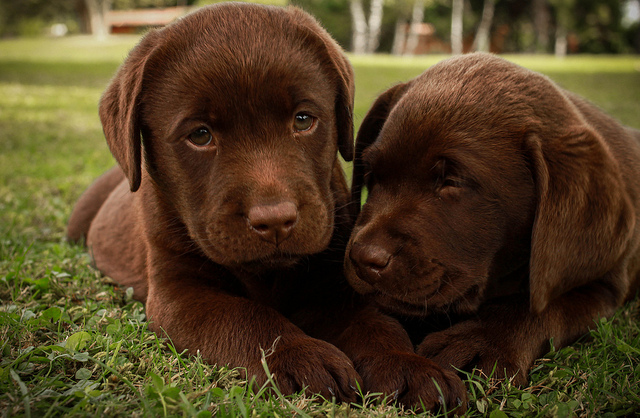
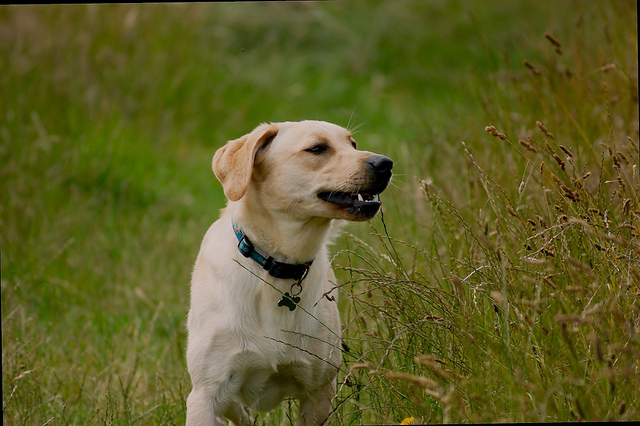
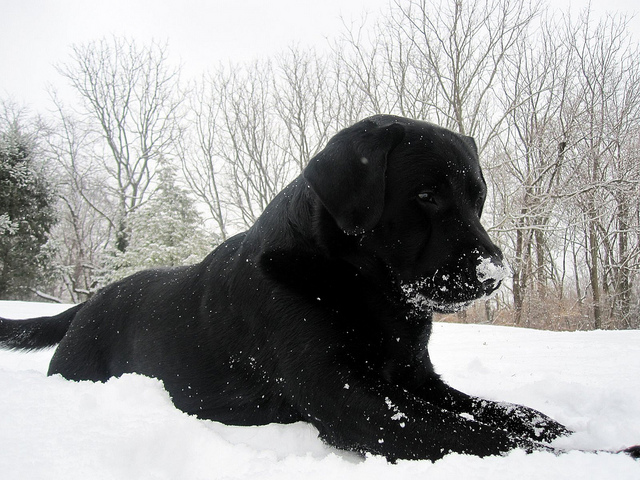
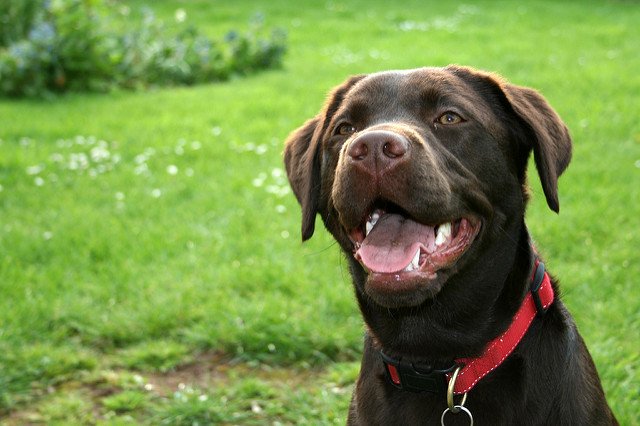
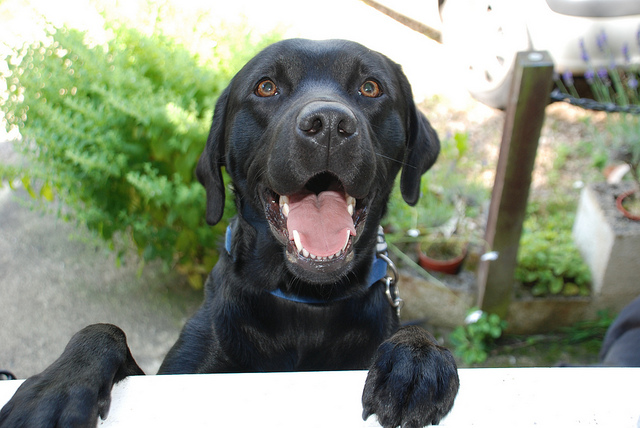
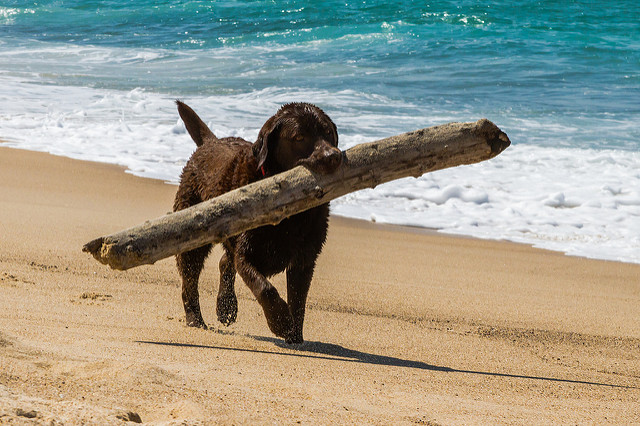
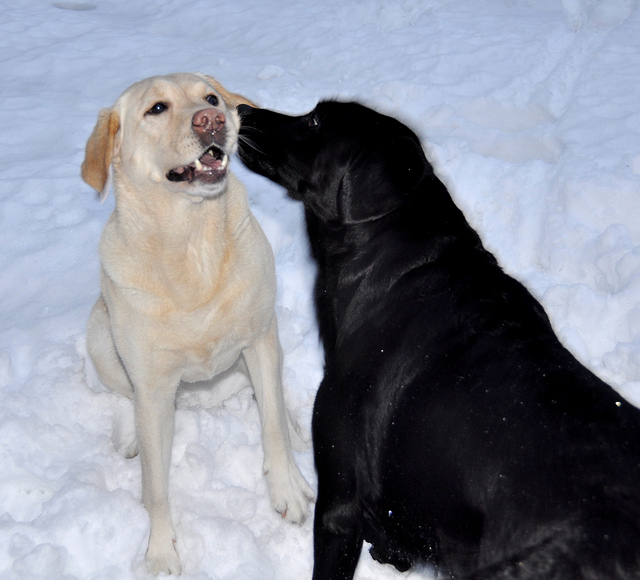
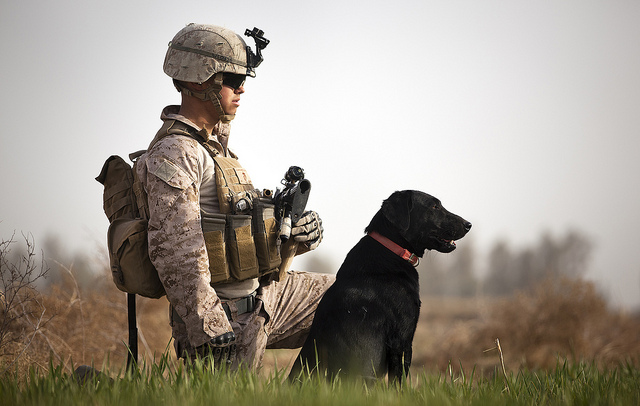
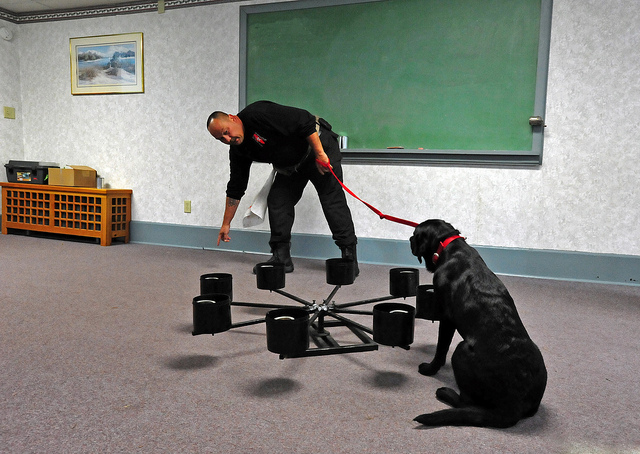
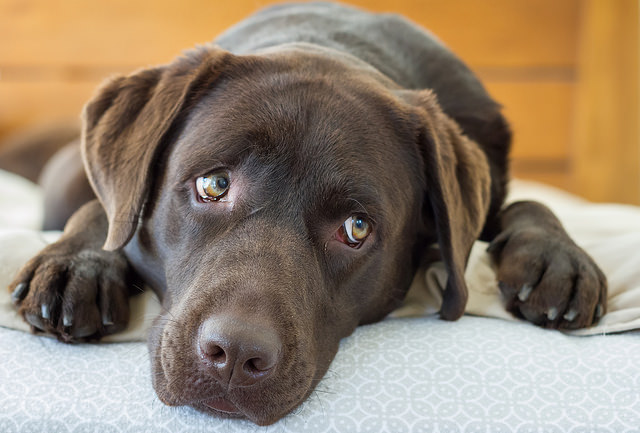
This comment is not accurate “Since labs like to get dirty and often have a “dog smell,” they’ll need to be bathed regularly”. It is not recommended to wash a labrador regularly as it will remove the natural oils in his coat. You should do your research more thoroughly.
Hello Angela
You are right that the article did a poor job describing the bathing needs of a Labrador. I have updated the article with a more thorough approach. Please let me know what you think.